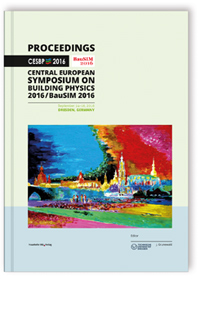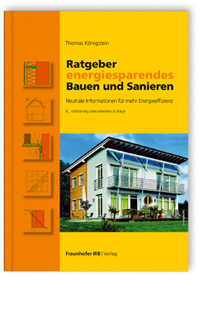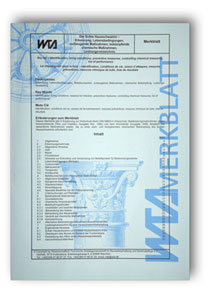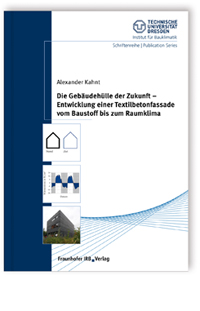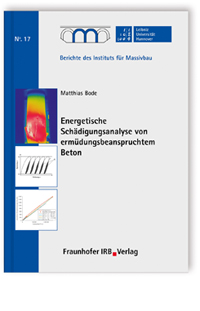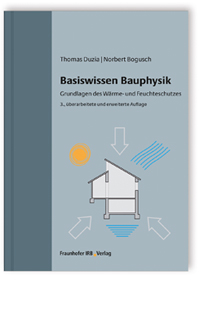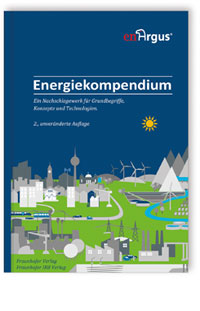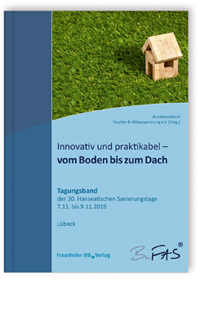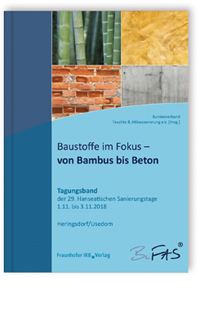CESBP Central European Symposium on Building Physics / BauSIM 2016 (E-Book)
E-Book of Proceedings
Dresden, Germany, September 14 - 16, 2016
Details zum Buch
Erscheinungsjahr
2016
Herausgeber
Technische Universität Dresden, John Grunewald
Bibliografische Angaben
887 Seiten, num. illus. and tab.
E-Book
Fraunhofer IRB Verlag
ISBN 9783816797982
Sprache
Englisch
Modern energy concepts of settlements and neighborhoods with an increasing share of renewable, decentralized energy supply will be the future. Buildings are on their way of transformation from energy consumers to active energy suppliers. The planning of optimized but increasingly complex building energy systems can be facilitated and realized through the use of simulation-based planning tools.
The CESBP 2016 and BauSIM 2016 are hosted under a common organizational roof in order to promote the networking of research groups from very different fields. Through their complementary contents and thematic orientation both conferences offer participants many opportunities to open up new fields of knowledge. The conference program of the CESBP 2016 integrates in addition to the classic building physical applications and new developments a strong focus ranging from energy-efficient construction up to plus-energy concepts for settlements and neighborhoods. The complementary program of the BauSIM 2016 addresses diverse technologies of application and further development of modern simulation-based planning tools with a special focus on building energy systems and services on the one hand, but also with respect to the more general areas of construction research.
The CESBP 2016 and BauSIM 2016 are hosted under a common organizational roof in order to promote the networking of research groups from very different fields. Through their complementary contents and thematic orientation both conferences offer participants many opportunities to open up new fields of knowledge. The conference program of the CESBP 2016 integrates in addition to the classic building physical applications and new developments a strong focus ranging from energy-efficient construction up to plus-energy concepts for settlements and neighborhoods. The complementary program of the BauSIM 2016 addresses diverse technologies of application and further development of modern simulation-based planning tools with a special focus on building energy systems and services on the one hand, but also with respect to the more general areas of construction research.
